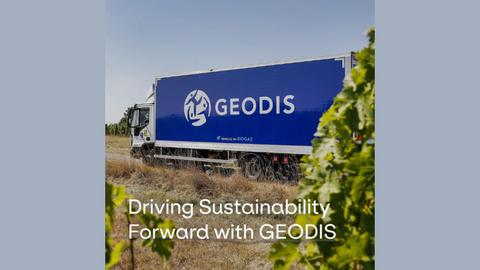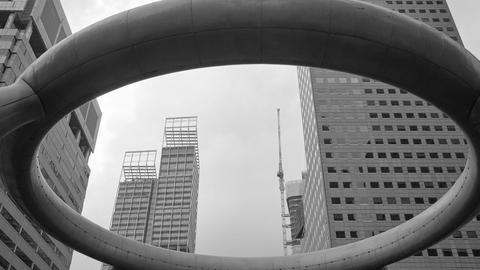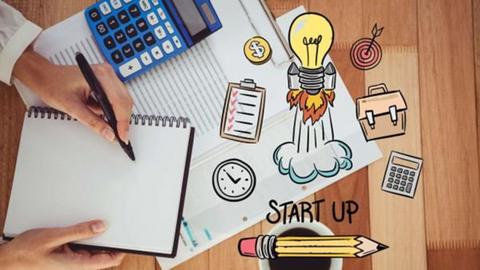Publications
Focus 81 | How Air Liquide is Driving the Energy Transition

As a hydrogen pioneer committed to carbon neutrality by 2050, how is Air Liquide advancing technologies to support the global energy transition?
Air Liquide is at the forefront of the global energy transition with a blend of innovative technologies and strategic investments, with many projects demonstrating the positive momentum globally.
We are currently constructing the world’s largest industrial-scale ammonia cracking pilot plant in the port of Antwerp, Belgium, leveraging on experience and expertise in steam methane reforming, which offers high thermal efficiency at low steam co-production ratios and emits less CO2.
In the upstream sector, we are investing 850 million USD to build, own, and operate four new Large Modular Air (LMA) separation units in Baytown, Texas to supply low carbon industrial gases. The LMA is expected to reduce the CO2 footprint of oxygen production by up to two-thirds when powered by renewable and low carbon electricity.
In the mobility sector, Air Liquide’s technology powers the world's largest hydrogen liquefaction plant in South Korea with a 90tpd (tons-per-day) Liquid Hydrogen capacity, operational since May 2024. We are also working on the next generation of hydrogen liquefiers (>100tpd) for large scale liquid hydrogen export projects.
Air Liquide is also advancing carbon abatement with a comprehensive range of solutions for both carbon capture and liquefaction through Cryocap™, which supports various industry applications including enhanced hydrogen production, flue gas capture in the refining and cement industries, and large scale CO2 recovery and liquefaction for steel production, making it particularly well-suited to large scale Carbon Capture and Storage (CCS) projects.
In the Antwerp industrial basin, Air Liquide is partnering with other companies on the Antwerp@C CO2 Export Hub, with a CO2 export capacity of 2.5 mtpa (million tonnes per annum) in the 1st phase, and an ambition to reach 10 mtpa by 2030. Similarly in Dunkirk, Air Liquide is collaborating with Dunkerque LNG on CO2 pipeline and liquefaction projects, with an initial project capacity of 1.5 mpta with potential growth to 4 mpta.
How does Air Liquide Singapore plan to further advance sustainable energy solutions in Singapore?
Given its limited land and natural resources, Singapore faces unique challenges in generating renewable power, with no “one size fits all” solution.
Leveraging its deep operational expertise in CCS related activities, world scale hydrogen plants, and proprietary technologies in next frontier technologies like ammonia cracking, Air Liquide Singapore is uniquely positioned to contribute its knowledge to engage key public and private stakeholders. Our commitment to collaboration has been demonstrated through initiatives such as the Memorandum of Understanding signed with Vopak for the development of NH3 to H2 supply chain and a partner within the Low-Carbon Technology Industry Consortium (LCT-IC) to jointly develop and commercialise low-carbon technologies for Singapore.
We are convinced that in this journey, partnership and collective efforts are crucial and we are committed to join hands with other stakeholders to shape a sustainable future for Singapore.

Contributed by




